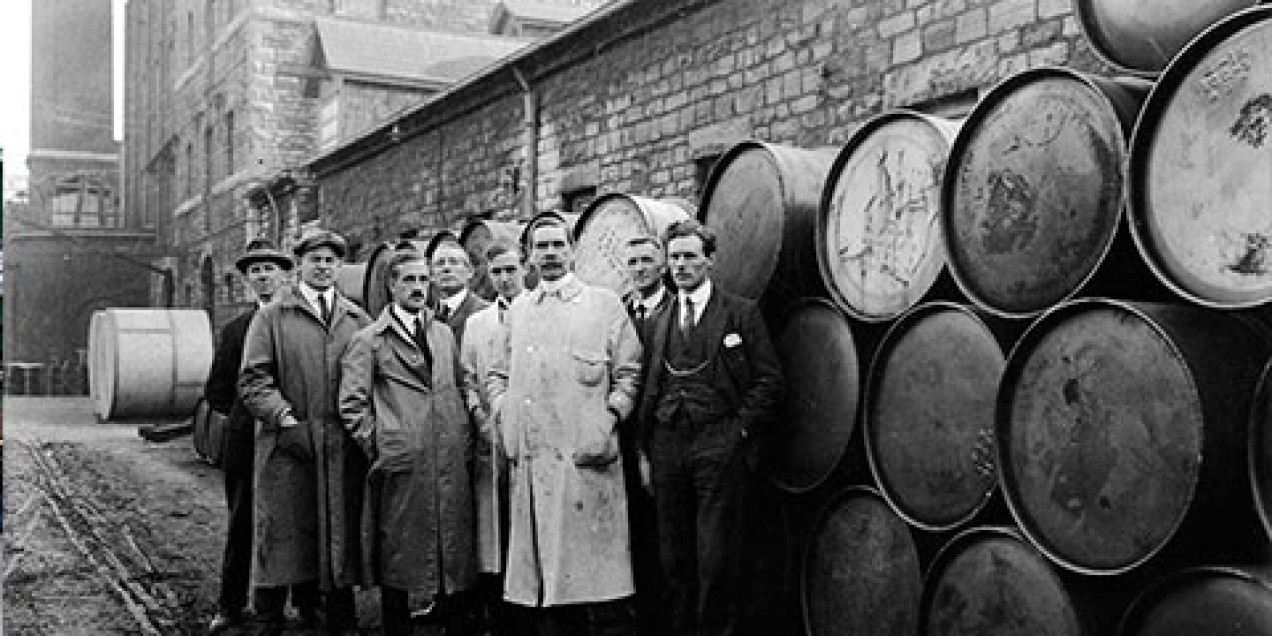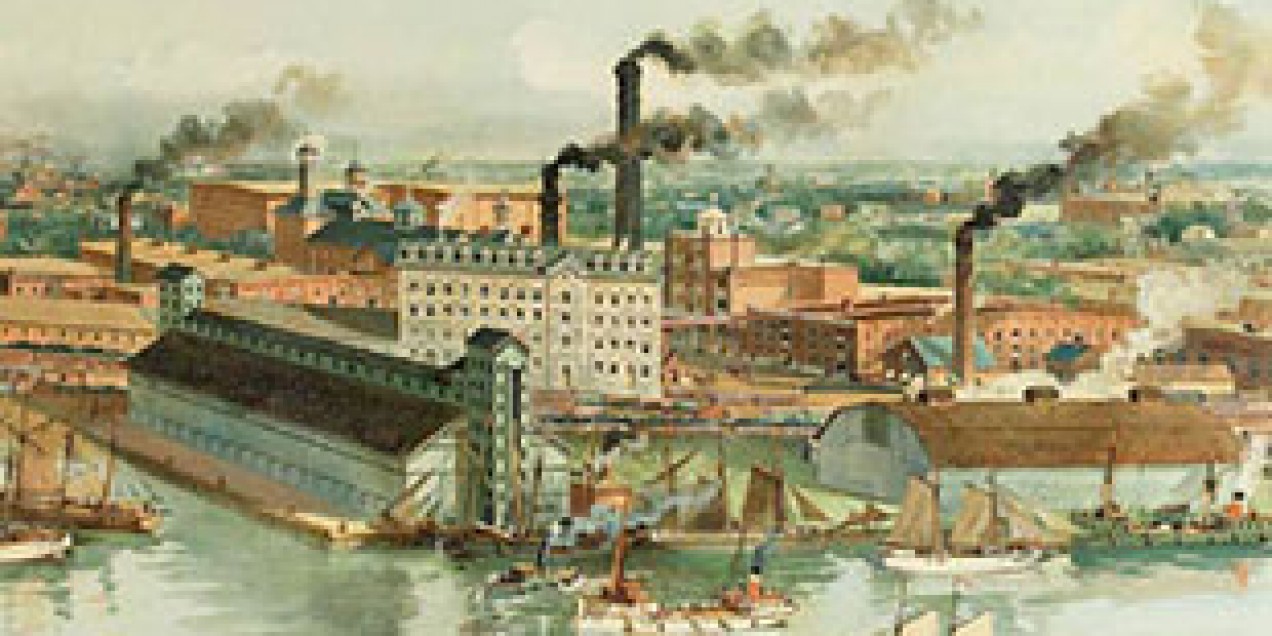




Favorite of 8 people
The Gooderham and Worts Complex includes 30 brick and stone industrial buildings, some of which are attached to one another, located on 13 acres of land at the intersection of Trinity and Mill streets on the eastern edge of downtown Toronto. The buildings were constructed between 1859 and 1927 to produce, package, store, market and develop spirits for the Gooderham and Worts firm. The formal recognition consists of the buildings on their property at the time of designation.
The Gooderham and Worts Complex was designated as a site of national historic and architectural importance because: it is an imposing landmark, containing a number of buildings that collectively bear witness to the evolution of the Canadian distilling industry.
The heritage value of the Gooderham and Worts Complex resides in the unique sense of history and place created by: the completeness of the complex in illustrating the entire distillery process, from the processing of raw materials, to the storage of finished products for export; the physical evidence that it provides about the history of Canadian business, the distilling industry and 19th-century manufacturing processes; the architectural cohesiveness of the site characterized by a high degree of conformity in the design, construction and craftsmanship of its constituent buildings; and the physical relationships among the buildings and between the site and the railway to the south.
Sources: Historic Sites and Monuments Board of Canada, Minute, 1988.
In 1832, brothers-in-law James Worts and William Gooderham built a windmill on the shore of Lake Ontario. After Worts’s death, Gooderham added a distillery and launched a business that would become the largest distillery in the British Empire, and for a time, in the world. That windmill has disappeared, but more than 40 late 19th-century buildings remain. They are a testament to the creative integration of the past with completely different, modern uses.
Its galleries, artists' studios, design shops, coffeehouses, restaurants, and numerous live music performances, exhibitions and special events now attract tens of thousands of people each month. The area has also been used for more than 800 film and television productions.
Did you know?
-The Gooderham family’s expertise making beer and whiskey made them the wealthiest family in Ontario?
-The five-storey limestone mill and distillery, designed by David Roberts Sr., opened in early 1861, increasing production capacity from 80,000 to two million gallons per year.
-Roberts and his son would go on to design nearly all of the distillery buildings, one of the major reasons for the harmony of the site, as well as the distinctive Gooderham “Flatiron” building and the family mansion.
-Whiskey distilling was interrupted during the First World War for the production of acetone, and the business was sold to Hiram Walker in 1926. --The distillery was closed permanently in 1990 and the future of the heritage buildings remained in doubt until December 2001, when Cityscape purchased them.
